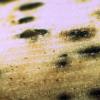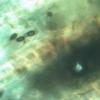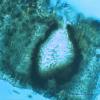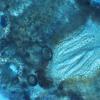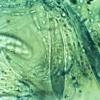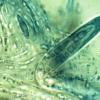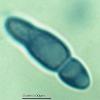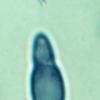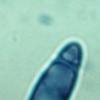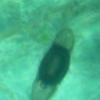
14-01-2017 11:45
 Leandro Sánchez
Leandro Sánchez
Sur feuillus, diamètre max 4 mmCroziers +, IKI +S

11-01-2017 05:00
Roland LabbéBonjour !Voici un discomycète inconnu de nous.C'e

11-01-2017 19:03
Hi to everybodySome time ago my friend M. Tapia, f

12-01-2017 10:41
 Michel Hairaud
Michel Hairaud
Bonjour à tous,Comme déjà annoncé, le congrès

12-01-2017 10:15
Me mandan desde Galicia esta seta, gelatinosa, �

23-12-2016 14:43
Ethan CrensonAn anamorph, I think. Black raised spots on stem
on Juncus acutus
Angel Pintos,
15-01-2017 10:02
 Ascocarp immersed, ovoid, ostiolate. 100w X 150h micrometers.
Ascocarp immersed, ovoid, ostiolate. 100w X 150h micrometers.Asci clavate, bitunicate, 90-110 X 11-15 micrometers.
trabecular paraphysis.
Ascosporas fusiformes 2-3 septa, hyaline except central cell, 18-25 X 5-7 micrometers
Any help will be wellcome
Regards
Angel
